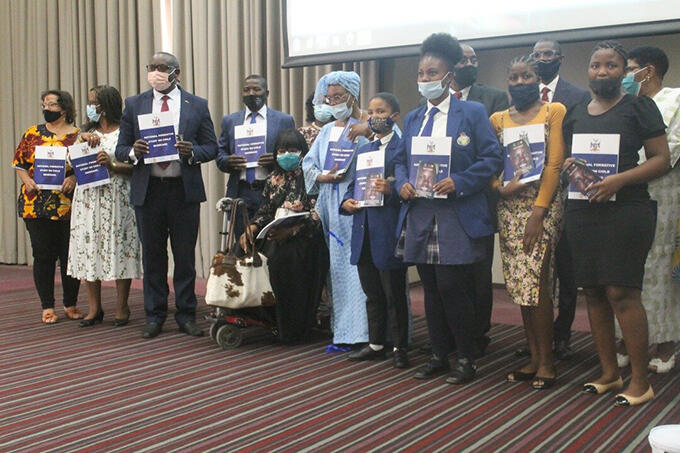WINDHOEK, Namibia – The Ministry of Gender Equality, Poverty Eradication and Social Welfare (MGEPESW) with the support of the United Nations Populations Fund (UNFPA), United Nations Children’s Fund (UNICEF) and the Global Fund, launched its Child Marriage Report on the 29 October 2020.
The report states that the prevalence of child marriage among girls in Namibia is 18.4%, while that for boys it is considerably lower, at 4.1%. By region, the highest prevalence of child marriage among girls was reported in the Kavango regions at 39.7%, while Kunene reported 24%, Zambezi 23.8%, Omaheke 23% and Otjozondjupa 22.6%. The lowest prevalence was recorded in Oshana region which was 7%. The report also states that the sexual debut for adolescent girls in Namibia is between 12 and 17 years, while poverty, culture and tradition, early sexual debut, teenage pregnancy, alcohol abuse and lack of educational opportunities were identified as key drivers of child marriage in Namibia. The earliest age at first marriage or cohabitation is estimated at 11 years.
“This is worrisome because the study also found other emerging issues of concern, which include the high rates of cohabitation among teens and teenage pregnancies,” said the Minister of Gender Equality, Poverty Eradication and Social Welfare, Hon. Doreen Sioka at the launch. “We need to stop these trends because these are children that we are talking about. The state of child marriage in Namibia has not been systematically investigated to fill that gap,” she added.
“The consequences of child marriage are grave, because findings indicate some cases of gender-based violence (GBV), poor educational attainment, poor sexual and reproductive health outcomes, physical, emotional and sexual abuse, deprivation of childhood experiences and abandonment by husbands,” she said.
Speaking on behalf of Mr. Sen Pang, UN Namibia Resident Coordinator, UNFPA Namibia Assistant Representative, Ms. Loide Amkongo stated that child marriage threatens girls’ lives and health, and it limits their future prospects. “Girls forced into child marriage often become pregnant while still adolescents, increasing the risk of complications in pregnancy or childbirth. These complications are the leading cause of death among older adolescent girls,” said Amkongo.


